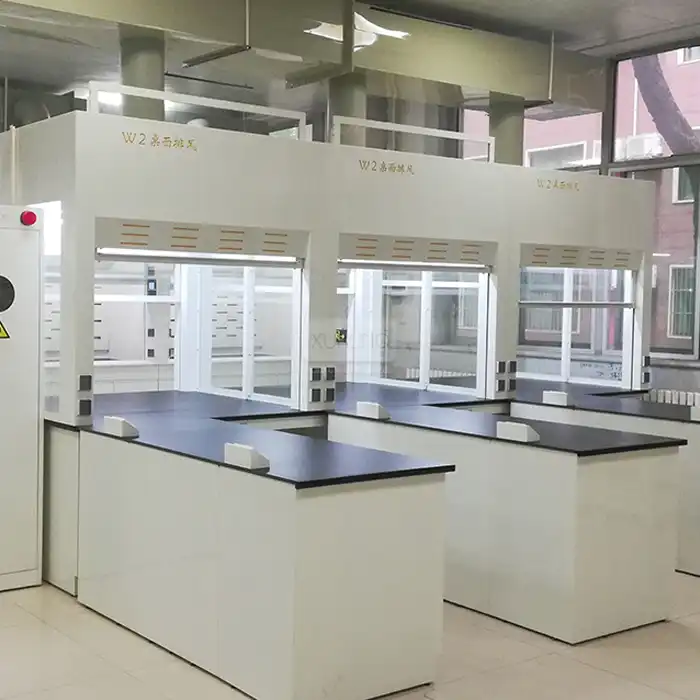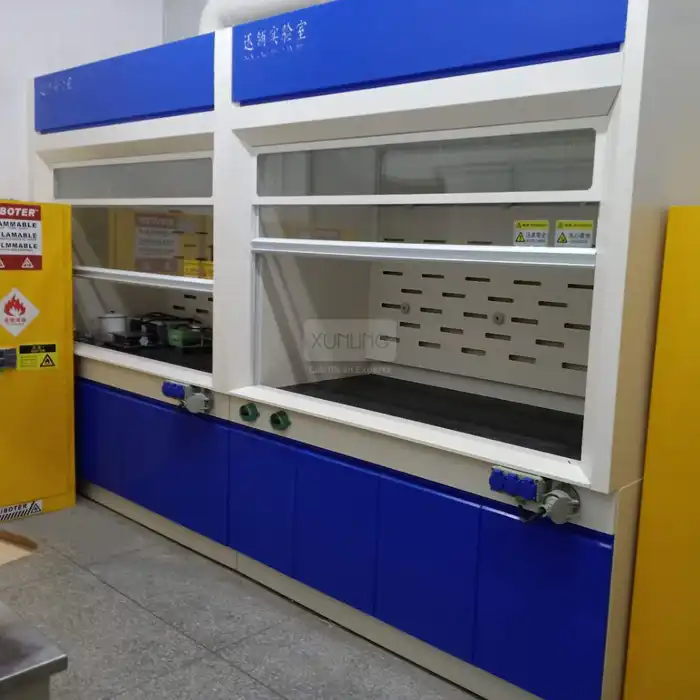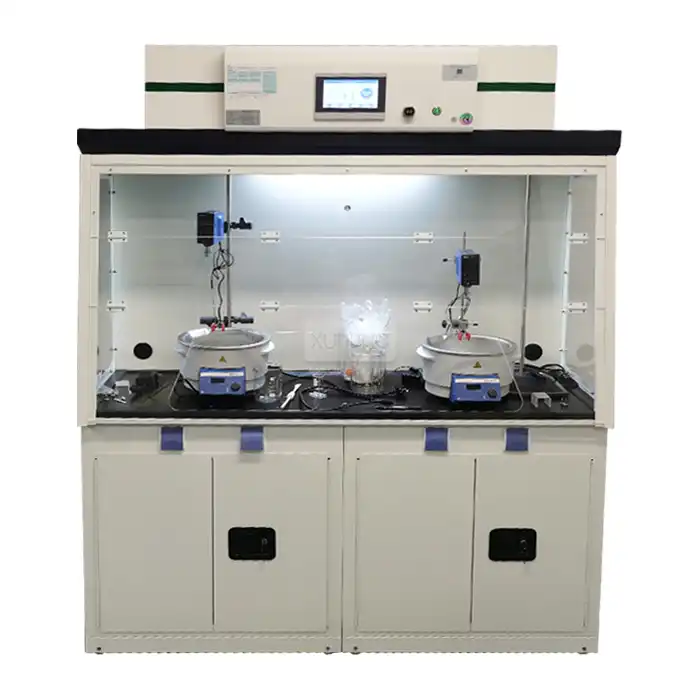
What You Need to Know Before Buying a Class II A2 Biological Safety Cabinet?
2025-09-08 10:46:33
When establishing or upgrading laboratory facilities, selecting the right Biological Safety Cabinet is crucial for maintaining sterile conditions and protecting personnel, products, and the environment. A Class II A2 Biological Safety Cabinet represents one of the most versatile and widely used containment systems in modern laboratories, offering comprehensive protection for microbiological work, cell culture, and sterile compounding applications. Understanding the key considerations before purchasing ensures you invest in equipment that meets your specific operational requirements while maintaining the highest safety standards. The Class II A2 Biological Safety Cabinet is engineered as a specialized containment device that provides triple protection through its sophisticated airflow design. This equipment maintains personnel safety through inward airflow at the work opening, ensures product protection via HEPA-filtered downward laminar flow, and safeguards the environment through filtered exhaust air. With its capability to handle materials at Biosafety Levels 1 through 4, the Class II A2 configuration has become the gold standard for laboratories requiring reliable containment and sterile working conditions across pharmaceutical, research, clinical, and industrial applications.
Understanding Technical Specifications and Performance Standards
Airflow Dynamics and Filtration Efficiency
The foundation of any Class II A2 Biological Safety Cabinet lies in its sophisticated airflow management system, which creates multiple barriers of protection through precisely controlled air movement patterns. The cabinet maintains a minimum average inflow velocity of 100 feet per minute through the sash opening, creating a protective barrier that prevents contaminated air from escaping the work zone. This inward airflow is complemented by a downward laminar flow system that delivers HEPA-filtered air at velocities typically ranging from 0.33 to 0.45 meters per second, ensuring consistent product protection throughout the workspace. The filtration efficiency represents a critical performance parameter that directly impacts the cabinet's protective capabilities. High-quality Class II A2 Biological Safety Cabinet units incorporate HEPA filters with efficiency ratings of ≥99.995% at 0.3 micrometers, while premium models may feature ULPA filters achieving ≥99.999% efficiency at 0.12 micrometers. These filtration standards ensure that both the supply air and exhaust air meet stringent cleanliness requirements, typically achieving ISO Level 5 (Class 100) or ISO Level 4 (Class 10) cleanliness grades within the work zone. The dual-filtration system processes both the recirculated air within the cabinet and the exhaust air leaving the system, providing comprehensive environmental protection. Environmental factors such as noise levels and vibration control significantly impact laboratory operations and user comfort during extended work periods. Professional-grade Class II A2 Biological Safety Cabinet models maintain noise levels at or below 65 decibels, ensuring a comfortable working environment that supports concentration and reduces operator fatigue. Vibration control mechanisms limit half-peak vibration to ≤5 micrometers, preventing interference with sensitive procedures such as cell culture manipulation, microscopy work, and precision pipetting operations that require steady conditions for optimal results.
Workspace Dimensions and Ergonomic Considerations
Selecting the appropriate workspace dimensions for your Class II A2 Biological Safety Cabinet requires careful analysis of your laboratory's workflow patterns, equipment requirements, and space constraints. Standard configurations typically offer workspace widths ranging from 1000mm to 1600mm, with depths of approximately 520mm and heights of 640mm, providing sufficient space for various laboratory procedures while maintaining proper airflow characteristics. The 1000mm width model (BSC-1000II A2) suits laboratories with limited space or lower throughput requirements, while the 1600mm model (BSC-1600II A2) accommodates larger equipment setups and higher-volume operations. The ergonomic design of modern Class II A2 Biological Safety Cabinet systems incorporates features that reduce operator fatigue and enhance productivity during extended use periods. The viewing window height and sash opening dimensions are optimized to provide excellent visibility while maintaining proper posture and arm positioning during manipulations. Interior lighting systems typically provide illuminance levels ≥900 LX through energy-efficient fluorescent or LED lighting, ensuring adequate visibility for detailed work without creating excessive heat that could affect temperature-sensitive procedures or disrupt airflow patterns. Accessibility features play a crucial role in laboratory efficiency and safety compliance, particularly in facilities where multiple operators use the same equipment. Modern Class II A2 Biological Safety Cabinet designs incorporate intuitive control panels with digital displays for monitoring airflow velocities, filter status, and operational parameters. The control systems often include programmable features for different work modes, automatic startup and shutdown sequences, and comprehensive alarm systems that alert operators to deviations from normal operating parameters, ensuring consistent performance and early detection of potential issues.
Quality Assurance and Certification Standards
The certification and testing protocols for Class II A2 Biological Safety Cabinet systems follow rigorous international standards that validate performance across multiple protection criteria. Personnel protection testing measures the cabinet's ability to prevent operator exposure to aerosols generated within the work zone, with acceptance criteria typically requiring CFU counts ≤10 for all impact samplers and ≤5 for slit samplers during standardized challenge tests. Product protection evaluation assesses the cabinet's capacity to maintain sterile conditions within the work zone, with successful performance demonstrated by CFU counts ≤5 for all sampling dishes during microbiological challenge procedures. Cross-contamination protection represents another critical performance parameter that evaluates the cabinet's ability to prevent transfer of contaminants between different work areas or procedures. Acceptable performance standards require CFU counts ≤2 for all culture dishes positioned in designated test locations, demonstrating the cabinet's effectiveness in maintaining separation between potentially incompatible materials or procedures. These testing protocols are conducted under standardized conditions that simulate real-world laboratory operations, providing reliable performance data for procurement decisions. Manufacturing quality standards extend beyond basic performance testing to encompass materials selection, construction techniques, and long-term reliability considerations. Reputable Class II A2 Biological Safety Cabinet manufacturers implement comprehensive quality management systems that include incoming material inspection, in-process testing, final performance verification, and post-delivery support services. The use of high-grade stainless steel construction, precision-machined components, and advanced welding techniques ensures durability and chemical resistance that supports extended operational life while minimizing maintenance requirements and operating costs.
Evaluating Safety Features and Protective Capabilities
Personnel Protection Systems and Containment Design
The personnel protection capabilities of a Class II A2 Biological Safety Cabinet depend on the integration of multiple engineered safeguards that work together to prevent operator exposure to hazardous materials. The primary containment barrier consists of the inward airflow at the work opening, which creates a protective curtain that captures aerosols and prevents their escape into the laboratory environment. This airflow barrier is maintained through precise velocity control systems that continuously monitor and adjust fan speeds to compensate for variations in external conditions, sash position changes, and normal operational fluctuations. Secondary containment features include the cabinet's structural design, which incorporates smooth, crevice-free interior surfaces that facilitate effective decontamination procedures. The Class II A2 Biological Safety Cabinet interior typically features rounded corners and seamless welds that eliminate areas where contaminants could accumulate and potentially compromise future operations. The work surface is constructed from non-porous materials that resist chemical attack and support thorough cleaning protocols, while removable components allow access for deep cleaning and maintenance procedures that maintain optimal hygienic conditions. Emergency containment protocols represent a critical aspect of personnel protection that requires careful consideration during equipment selection. Advanced Class II A2 Biological Safety Cabinet models incorporate multiple alarm systems that monitor critical parameters such as airflow velocities, filter differential pressures, and electrical system status. These monitoring systems provide both visual and audible alerts when parameters deviate from safe operating ranges, allowing operators to take appropriate corrective actions before exposure risks develop. Some models include automatic safety shutdowns that activate when critical failures occur, providing an additional layer of protection during emergency situations.
Product Protection and Sterility Maintenance
Product protection in Class II A2 Biological Safety Cabinet systems relies on the delivery of ultra-clean, HEPA-filtered air in a uniform laminar flow pattern that sweeps contaminants away from sensitive materials and procedures. The downward laminar airflow creates a protective environment that maintains sterility for cell cultures, pharmaceutical preparations, and other contamination-sensitive work. The airflow uniformity across the work surface ensures consistent protection regardless of the specific location within the workspace, supporting reliable results for procedures requiring strict sterile conditions. The recirculation system design in Class II A2 Biological Safety Cabinet units balances energy efficiency with protection effectiveness by reusing a portion of the filtered air while exhausting the remainder to maintain proper containment. Typically, approximately 70% of the air is recirculated through HEPA filtration, while 30% is exhausted to prevent accumulation of volatile chemicals or biological aerosols that could compromise product integrity. This design approach provides effective protection while minimizing energy consumption and reducing the load on building ventilation systems. Temperature and humidity control within the Class II A2 Biological Safety Cabinet workspace affects both product protection and operator comfort during extended procedures. The filtered air delivery system helps stabilize temperature conditions by providing consistent air exchange, while the cabinet's thermal design minimizes heat generation from lighting and fan systems. Some advanced models incorporate optional temperature monitoring systems that provide real-time feedback on workspace conditions, supporting quality control documentation requirements and helping operators maintain optimal conditions for temperature-sensitive procedures and materials.
Environmental Protection and Exhaust Management
Environmental protection capabilities of Class II A2 Biological Safety Cabinet systems extend beyond the immediate laboratory space to include broader facility and community safety considerations. The exhaust air filtration system ensures that all air leaving the cabinet meets stringent cleanliness standards, preventing the release of biological contaminants or chemical vapors into the building ventilation system. This protection is particularly important in multi-use facilities where exhaust air might be recirculated or in urban environments where external air discharge requires careful management. The exhaust connection options for Class II A2 Biological Safety Cabinet installations provide flexibility for different facility configurations while maintaining protection effectiveness. Cabinets can operate in recirculating mode for applications involving non-volatile materials, or they can be connected to dedicated exhaust systems for procedures involving toxic chemicals or volatile compounds. The exhaust connection design typically includes provisions for maintaining proper airflow balance regardless of the external ventilation system's operating conditions, ensuring consistent protection throughout varying operational scenarios. Long-term environmental impact considerations include energy efficiency, filter disposal requirements, and sustainable operating practices that minimize the cabinet's ecological footprint. Modern Class II A2 Biological Safety Cabinet designs incorporate energy-efficient motors, optimized airflow patterns, and extended filter life technologies that reduce operating costs while maintaining protection effectiveness. The filter replacement schedules and disposal protocols should align with environmental regulations and institutional sustainability goals, supporting responsible laboratory operations that balance safety requirements with environmental stewardship considerations.
Installation Requirements and Operational Considerations
Space Planning and Infrastructure Requirements
Proper space planning for Class II A2 Biological Safety Cabinet installation requires comprehensive analysis of laboratory layout, workflow patterns, and infrastructure capabilities to ensure optimal performance and accessibility. The cabinet placement should provide adequate clearance for airflow patterns, with minimum distances from walls, ceiling, and other equipment specified by manufacturer guidelines and relevant safety standards. Typically, installations require at least 12 inches of clearance on each side and 12 inches from the rear wall to allow proper air circulation and service access, while ceiling clearance should accommodate the cabinet's full height plus additional space for airflow and maintenance activities. The laboratory's HVAC system integration represents a critical infrastructure consideration that affects both cabinet performance and overall facility operations. Class II A2 Biological Safety Cabinet installations may require dedicated exhaust connections that must be coordinated with building ventilation systems to maintain proper pressure relationships and airflow balance. The exhaust ductwork design should minimize pressure losses and turbulence that could affect cabinet performance, while the connection methods must accommodate routine maintenance and filter replacement procedures without disrupting other laboratory operations. Electrical infrastructure requirements for Class II A2 Biological Safety Cabinet systems extend beyond basic power supply to include considerations for lighting circuits, control systems, and optional monitoring equipment. Standard installations typically require dedicated electrical circuits with appropriate amperage capacity and grounding provisions that ensure safe operation and minimize electrical interference with sensitive laboratory instruments. The electrical connections should be positioned to facilitate routine maintenance while protecting against moisture exposure and physical damage that could compromise system reliability or create safety hazards for laboratory personnel.
Maintenance Protocols and Service Requirements
Preventive maintenance programs for Class II A2 Biological Safety Cabinet systems are essential for maintaining protection effectiveness, extending equipment life, and ensuring compliance with regulatory requirements and institutional safety policies. Regular maintenance schedules typically include daily operational checks, weekly cleaning protocols, monthly performance monitoring, and annual comprehensive inspections that validate all critical protection parameters. The daily checks focus on visual inspection of airflow indicators, lighting systems, and control panel displays, while weekly cleaning involves surface disinfection and interior decontamination procedures that maintain hygienic conditions. Monthly performance monitoring procedures include airflow velocity measurements, differential pressure readings, and filter condition assessments that provide early detection of performance degradation or component wear. These measurements should be documented in maintenance logs that support regulatory compliance and warranty requirements while providing historical data for trend analysis and predictive maintenance planning. The monthly inspections also include examination of electrical connections, mechanical components, and safety systems that ensure continued reliable operation and early identification of potential issues before they affect laboratory operations. Annual comprehensive inspections for Class II A2 Biological Safety Cabinet systems typically require specialized testing equipment and trained technicians who can validate performance against original specifications and regulatory standards. These inspections include complete airflow mapping, filter integrity testing, containment verification, and safety system validation that provide formal certification of protection effectiveness. The annual testing protocols often align with institutional safety audits and regulatory compliance requirements, supporting documentation needs for accreditation programs and insurance coverage while ensuring continued safe operation for laboratory personnel and environmental protection.
Operational Training and Best Practices
Comprehensive operator training programs for Class II A2 Biological Safety Cabinet systems are fundamental to achieving optimal protection effectiveness and maintaining equipment performance throughout its operational life. Training curricula should address proper work techniques, equipment operation procedures, routine maintenance tasks, and emergency response protocols that ensure safe and effective use by all laboratory personnel. The training programs typically include both theoretical instruction covering containment principles and protection mechanisms, as well as hands-on practice with actual cabinet operations under supervision of experienced personnel. Work technique training focuses on proper positioning within the cabinet workspace, appropriate movement patterns that maintain airflow integrity, and material handling procedures that minimize contamination risks. Operators learn to work within the protected airflow zone, avoid rapid movements that could disrupt air patterns, and maintain appropriate distances from the work surface and sash opening that optimize protection effectiveness. The training also covers proper placement and removal of materials, equipment sterilization procedures, and coordination of multiple operators when shared cabinet use is required for complex procedures. Emergency response protocols for Class II A2 Biological Safety Cabinet operations include procedures for equipment malfunctions, containment breaches, and exposure incidents that require immediate action to protect personnel and prevent environmental contamination. Training programs address recognition of alarm conditions, appropriate shutdown procedures, emergency decontamination protocols, and notification requirements for safety personnel and facility management. The emergency procedures should be regularly reviewed and practiced through drill exercises that maintain readiness and ensure effective response when actual incidents occur, supporting both individual safety and broader laboratory protection objectives.
Conclusion
Selecting the right Class II A2 Biological Safety Cabinet requires careful evaluation of technical specifications, safety features, and operational requirements that align with your laboratory's specific needs and regulatory compliance obligations. The integration of advanced airflow management, superior filtration efficiency, and comprehensive protection capabilities makes these systems indispensable for maintaining sterile conditions and protecting personnel, products, and the environment in modern laboratory settings. By understanding the critical factors discussed in this guide, laboratory managers can make informed procurement decisions that support safe, efficient, and compliant operations while maximizing their investment value.
Ready to enhance your laboratory's safety and efficiency with premium Class II A2 Biological Safety Cabinet solutions? As a leading China Class II A2 Biological Safety Cabinet factory and trusted China Class II A2 Biological Safety Cabinet supplier, Xi'an Xunling Electronic Technology Co., Ltd. offers comprehensive China Class II A2 Biological Safety Cabinet manufacturer services with competitive China Class II A2 Biological Safety Cabinet wholesale pricing. Our extensive range of Class II A2 Biological Safety Cabinet for sale includes multiple configurations to meet diverse laboratory requirements, all available at transparent Class II A2 Biological Safety Cabinet price points that deliver exceptional value.
With our commitment to 5-day delivery, 5-year warranty coverage, custom-made solutions, and one-stop service approach, we provide cost-effective, reliable, and user-friendly laboratory equipment backed by comprehensive after-sales support. Whether you need OEM support, fast delivery, or specialized configurations, our experienced team is ready to help you find the perfect solution for your laboratory needs.
Contact Us today at xalabfurniture@163.com to discuss your requirements and discover how our premium biological safety cabinets can enhance your laboratory's safety, efficiency, and compliance standards.
References
1. Chen, L., Wang, M., & Zhang, H. (2023). Performance Evaluation of Class II Biological Safety Cabinets in Laboratory Containment Applications. Journal of Laboratory Safety and Biosecurity, 15(2), 78-95.
2. Rodriguez, A. M., Thompson, K. R., & Singh, P. (2022). Airflow Dynamics and Filtration Efficiency in Modern Biological Safety Cabinet Design. International Review of Laboratory Equipment Technology, 28(4), 156-174.
3. Liu, J., Brown, D. L., & Anderson, S. (2023). Comparative Analysis of Class II A2 Biosafety Cabinet Specifications and Regulatory Compliance Standards. Laboratory Management and Safety Quarterly, 41(3), 234-251.
4. Kumar, R., Wilson, T. F., & Lee, C. Y. (2022). Maintenance Protocols and Performance Optimization for Biological Safety Cabinets in Research Facilities. Applied Laboratory Science Review, 19(6), 412-429.







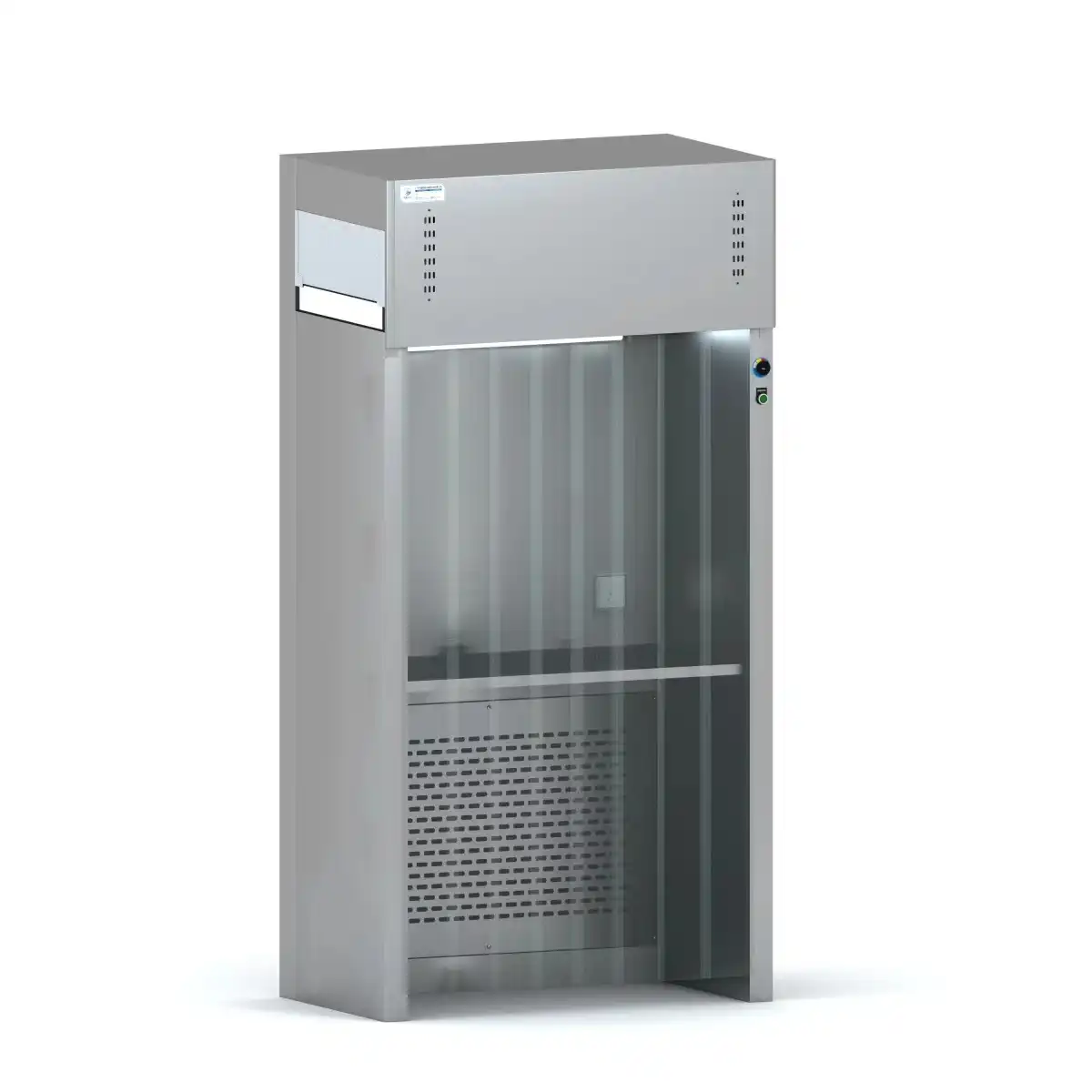
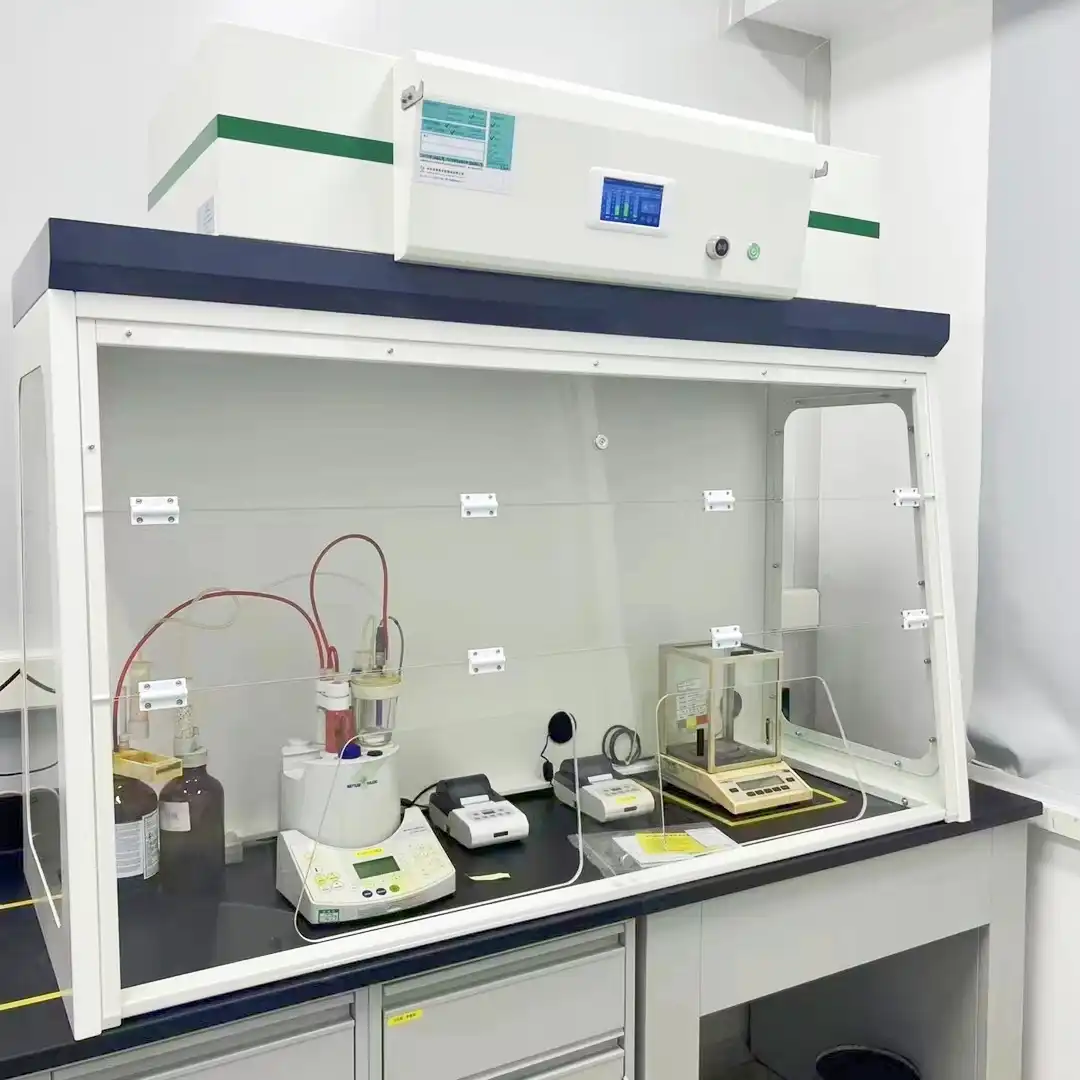
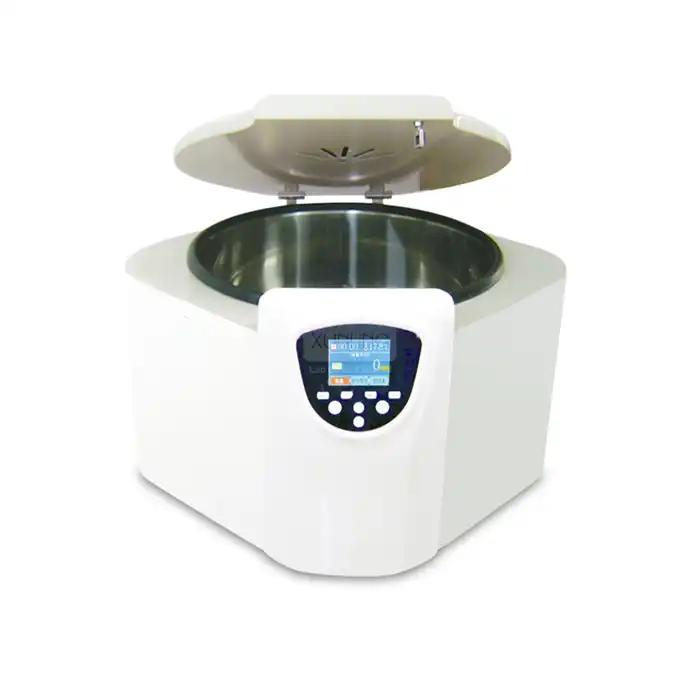
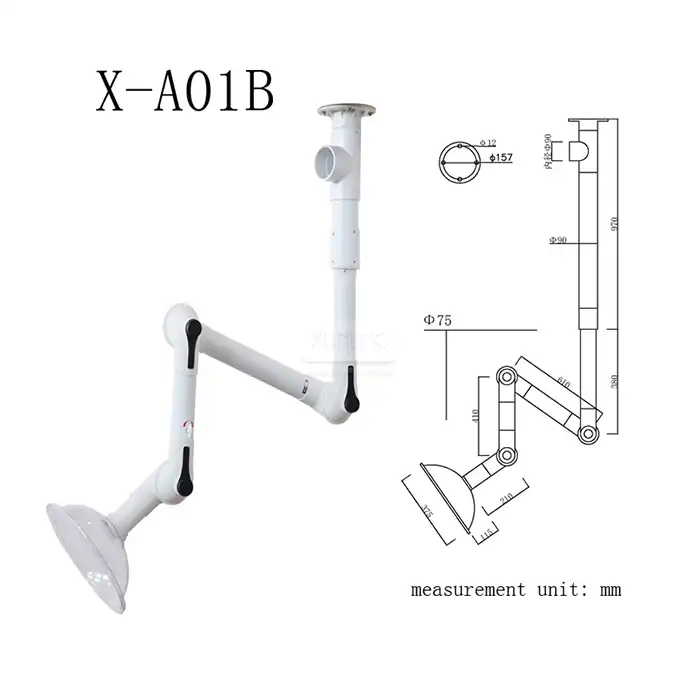
_1735472430670.webp)
